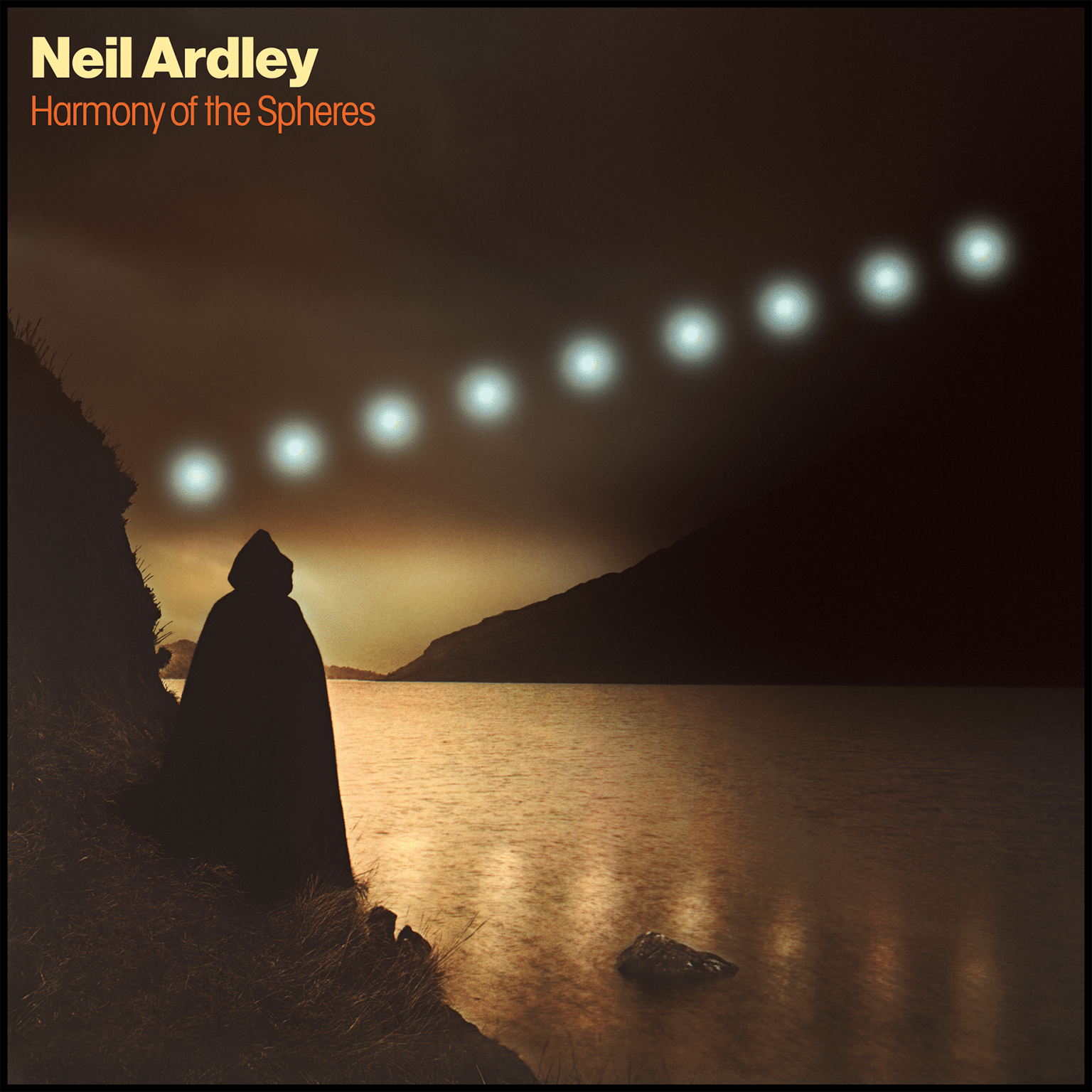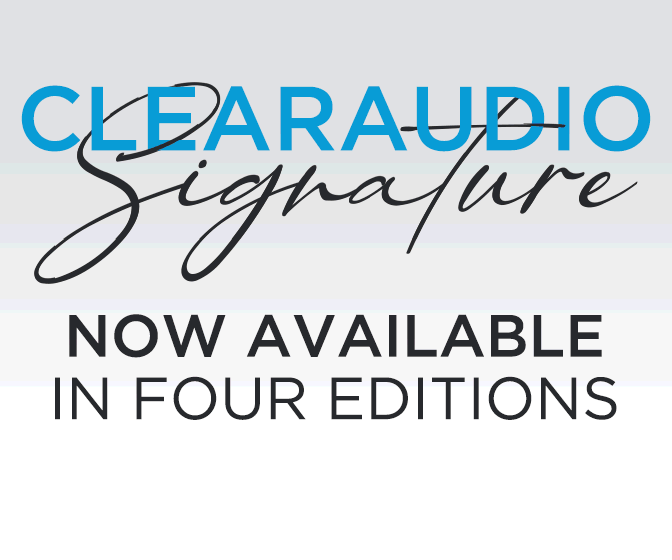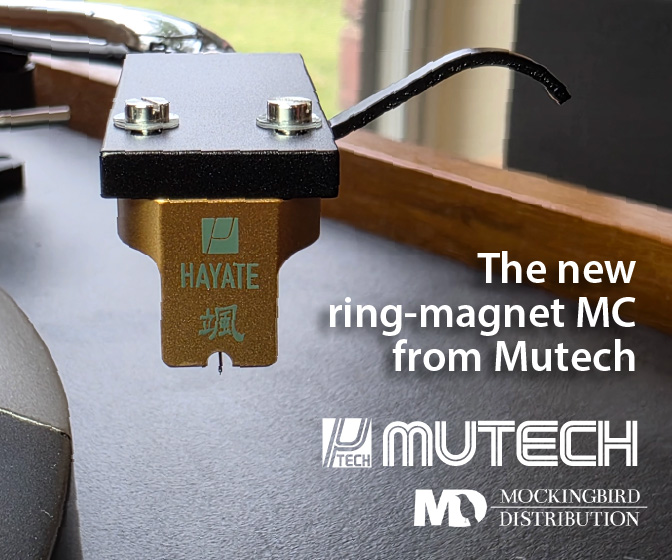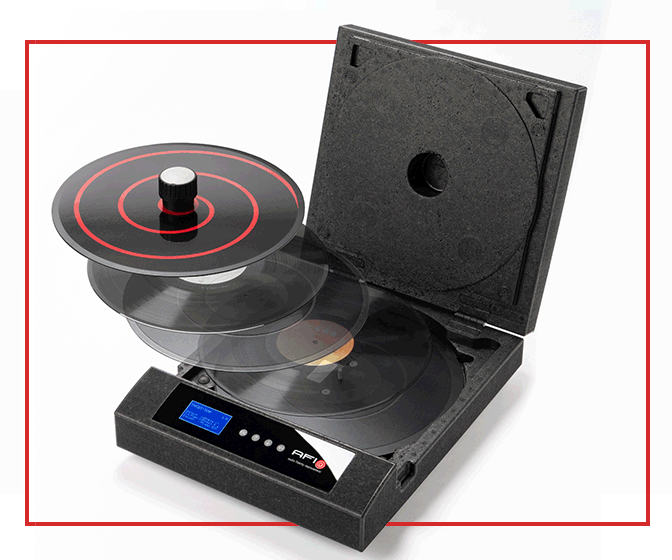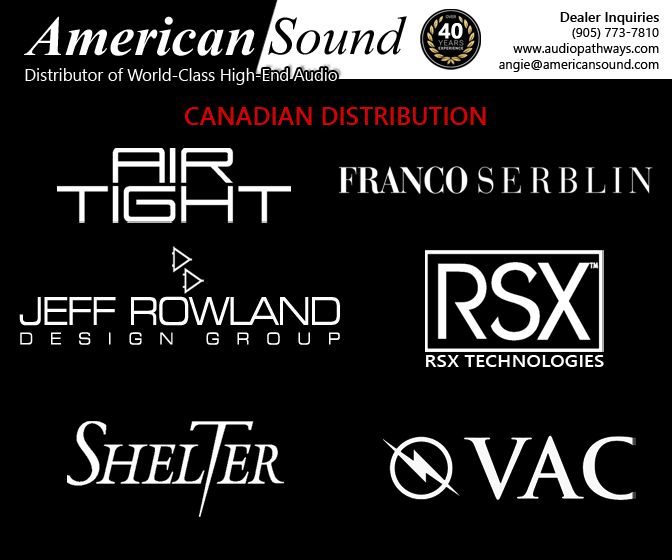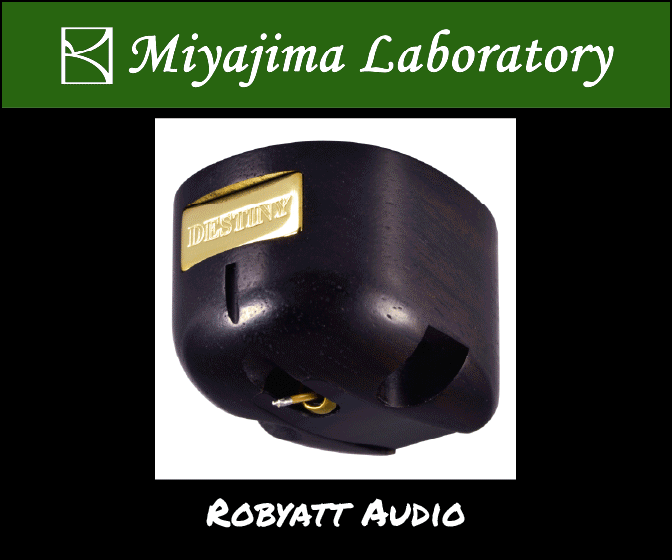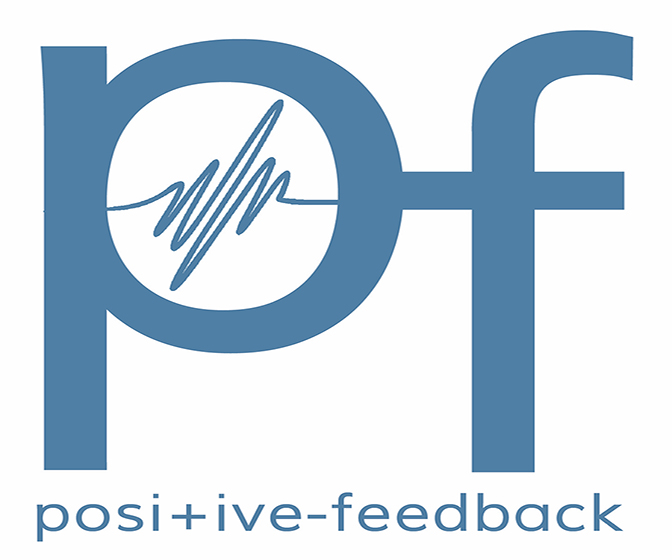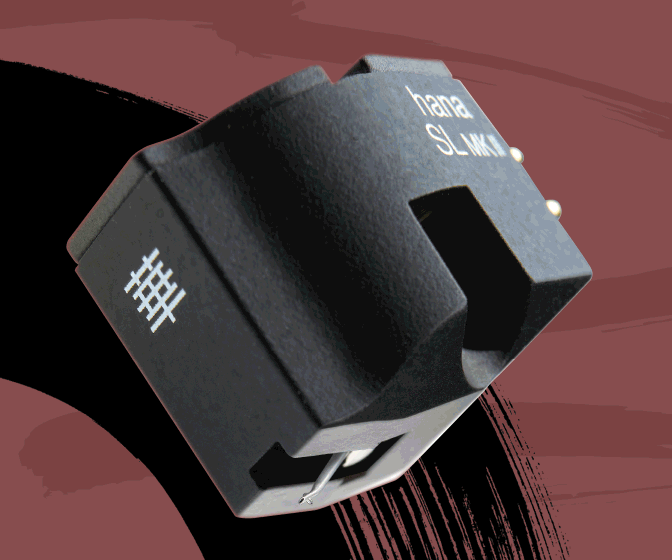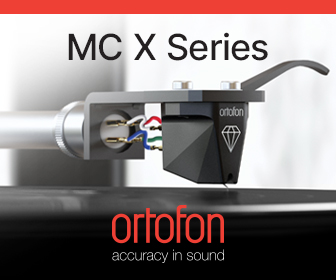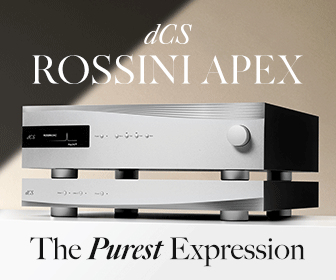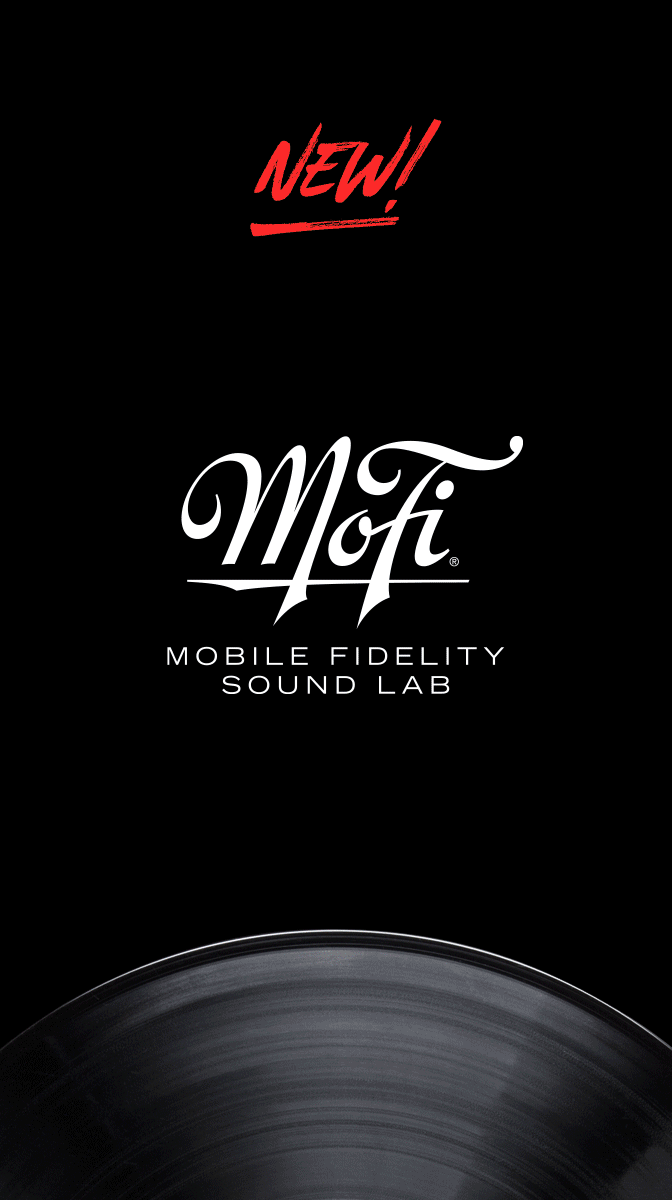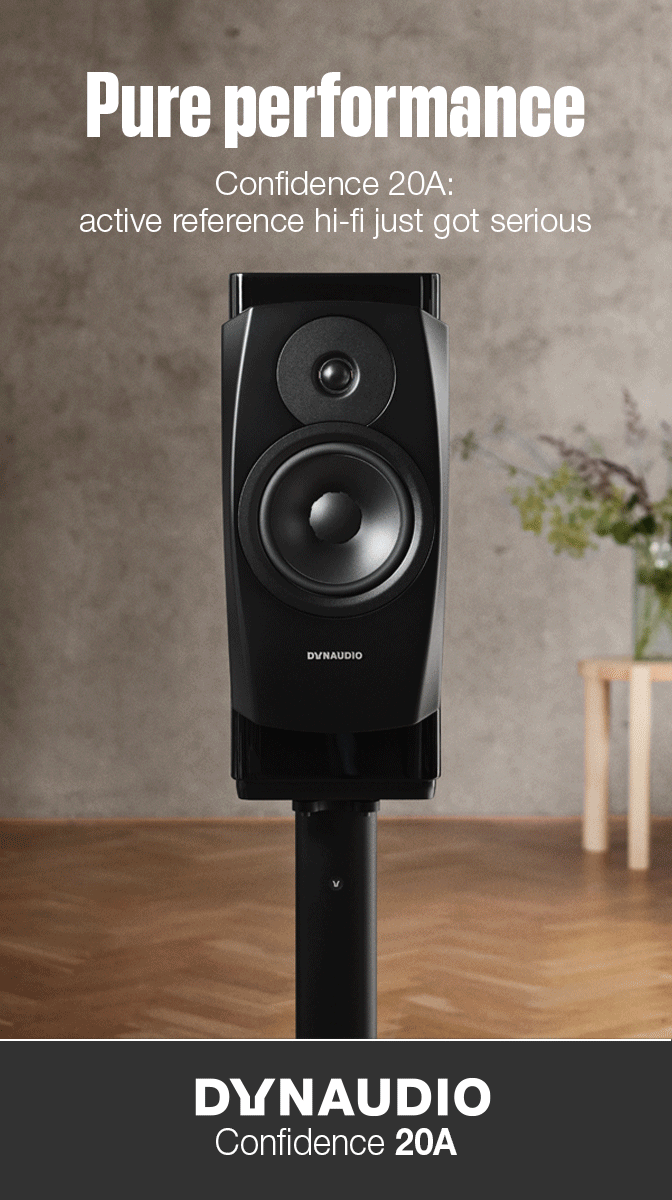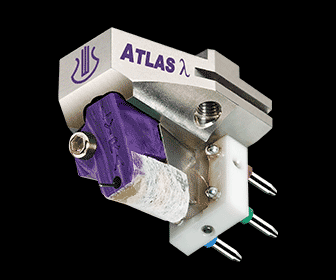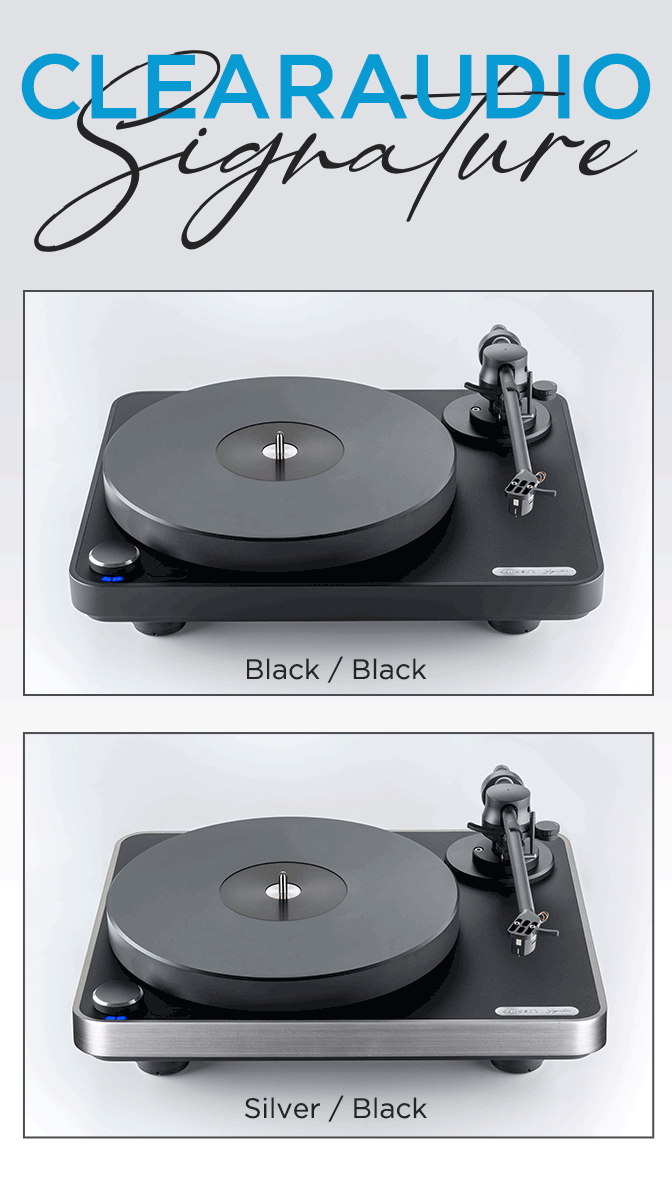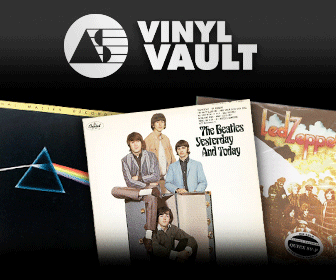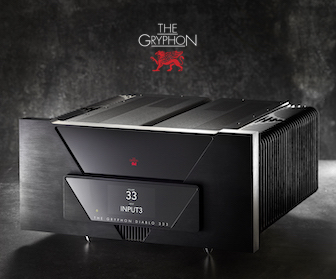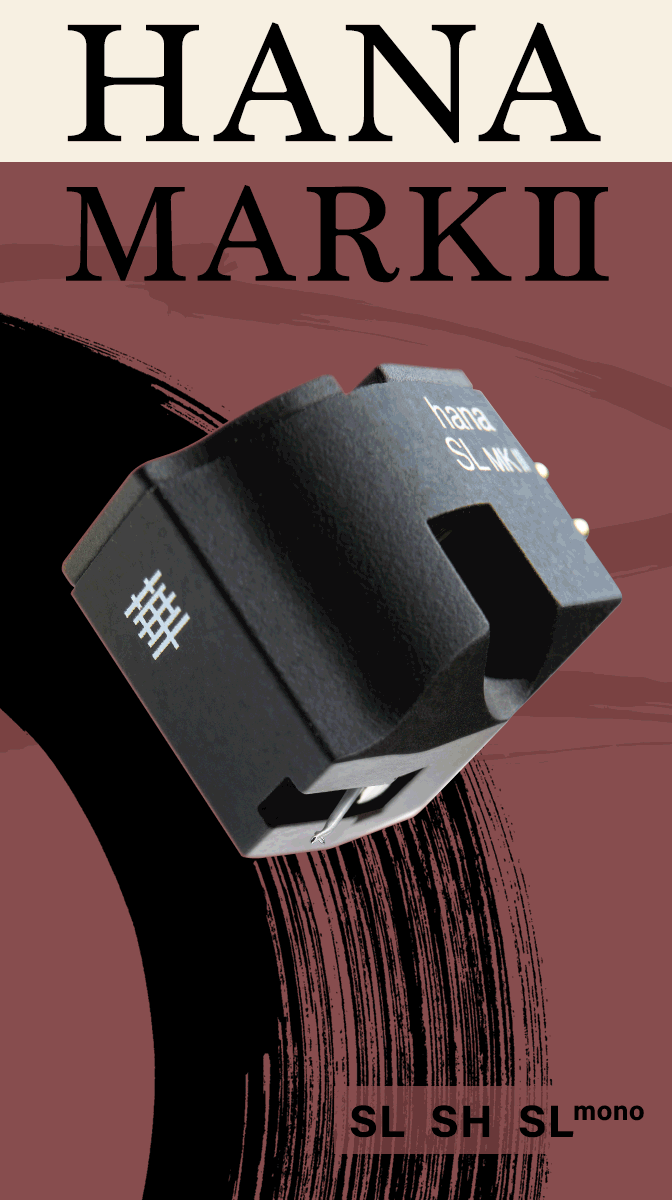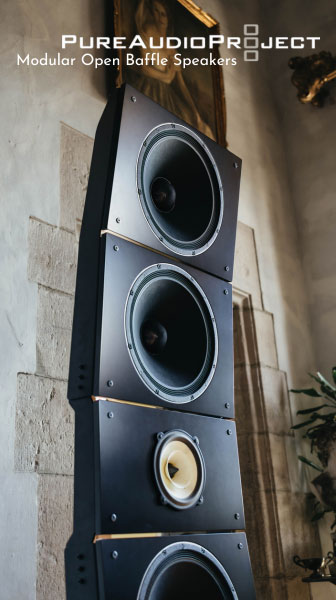Celestial Sounds - Neil Ardley's Seminal 1979 "Harmony of the Spheres" Is Given New Life
Analogue October Records' Stunning Reissue Reviewed - Plus an Interview with Label Founder, Craig Crane
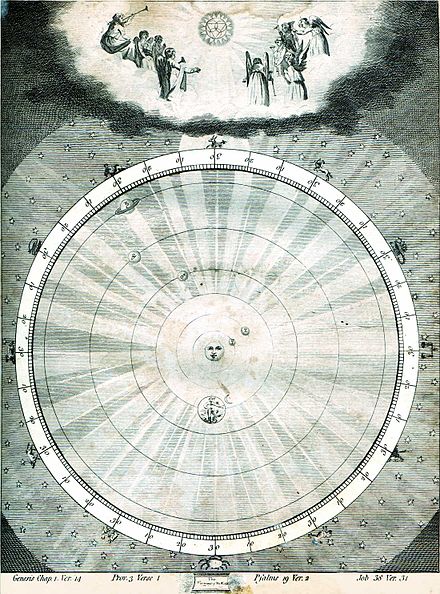 "Harmony of the World" from Ebenezer Sibly's Astrology (1806)
"Harmony of the World" from Ebenezer Sibly's Astrology (1806)
Have you ever wondered what the music of Space sounds like?
Do planets “sing”?
It’s not as ridiculous a question as you may think it is. No, we’re not talking about space operas with large orchestras (Star Wars), or spooky electronic landscapes to accompany equally spooky goings-on on alien planets (Forbidden Planet).
I’m talking about the real thing - the music of Space and our Solar System.
One day back in 1976, the British musician and author Neil Ardley, searching for ideas to spark new compositions, was struck by a thought:
“The idea that the planets emit musical notes as they go round the sun goes back to Pythagoras… the harmony of the spheres… This was an idea the ancient Greeks had, that the planets emit music notes - so that a perfect harmony resounds throughout the heavens, everything being perfect in the heavens… And one day while I was on holiday I began to wonder what those notes might be…”
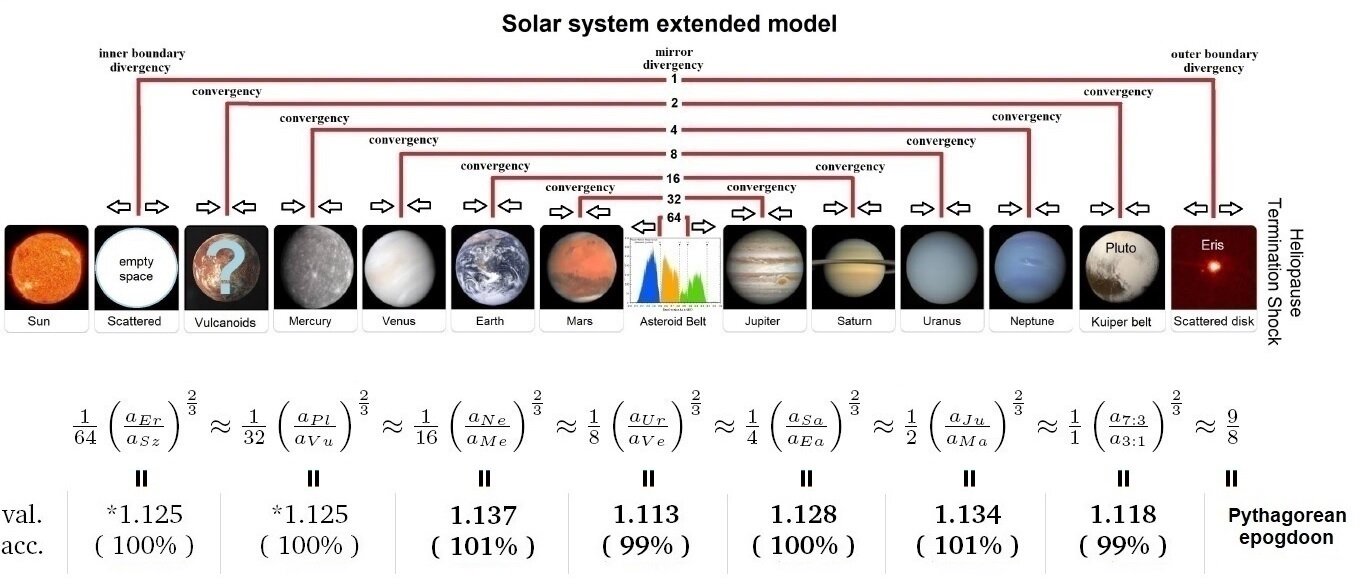
Ardley elaborated on the genesis of the record that became Harmony of the Spheres in Melody Maker and also on an episode of ITV’s South Bank Show dedicated to the creation of this unique album:
“Of course, this doesn’t actually happen, there’s no sound up in space that’s going to charm the astronauts’ ears as they go off to the planets… [but] if it did exist, what would it sound like? Would it be as perfect as the Greeks thought or would it be a terrible discord, what would it be like? So I got to work. I got a dictionary of astronomy which gave me the orbits of the planets, a pocket calculator and, through a series of fairly simple calculations, I converted the orbits into frequencies. So Mercury being the planet that orbits the sun in the fastest time will be the highest note, and Pluto being the farthest planet from the sun - therefore orbiting in the slowest time will give the lowest note - and all the other seven planets would come in between - giving notes with the same kind of mathematical relationship. And it turns out, and this was really interesting, that the resulting nine-note chord - B flat / E flat / B flat / E / G sharp / E / D sharp / C / E - covered the complete range of human hearing (from 20Hz to 20,000 Hz), because the planets are that far apart. So it could only be done on a synthesizer, because it extended beyond the range of normal acoustic instruments. I put the nine notes on the synthesizer, and when the sound came out the loudspeakers it was not perfect but it was not discordant, it was mysterious and dramatic - and I thought, I’ve got a new piece.”
This extraordinary chord is heard complete during the final section of the track “Soft Stillness and the Night” (cue it up around 6:00).
Once he had the chord it became the jumping-off point for an extended composition with improvisatory elements featuring a band of some of Britain’s top jazz musicians - including Barbara Thompson (flute, soprano sax), Tony Coe (clarinet, soprano sax), Ian Carr (trumpet, fluegelhorn), all of whom had worked on Ardley’s previous ground-breaking album Kaleidoscope of Rainbows (1975) - plus the wild card of guitarist John Martyn, more familiar from his work in folk music and as a singer/songwriter. Add to that killer playing from bassist Billy Kristian, drummer Richard Burgess, percussionist Trevor Tomkins, plus Geoff Castle and Ardley himself playing a battery of the finest analogue synths of the time, and ethereal wordless vocals from Pepi Lemer and Norma Winstone, and you’ve got a real orchestra. A few years after this record came out I went to hear Gil Evans’ then current band at Ronnie Scott’s in London, the so-called British Orchestra (captured on this 1983 release) and what I heard immediately reminded me of the Neil Ardley records (and trumpeter Ian Carr was sitting in that night) - except that it seemed to me Ardley was reaching for something more ambitious: an extended composition lasting 45 minutes in which everything related to everything else, and in which there was a sense of universality, an all-encompassing view of music within the cosmos. Heady stuff.
But it works!
Derek Jewell, the Jazz and Popular Music Critic for The Sunday Times, and host of BBC Radio 3’s Sounds Interesting (appointment listening for my teenage self), indeed described Ardley as “in the line of Ellington and Gil Evans in his audacious imagination”. Ardley was in many ways the ultimate example of a true polymath: a visionary musician who also happened to be a brilliant explicator of, and emissary for, science in his series of successful books for children, and one of the researchers who helped the BBC compose its science questions for its enormously popular Mastermind quiz show.
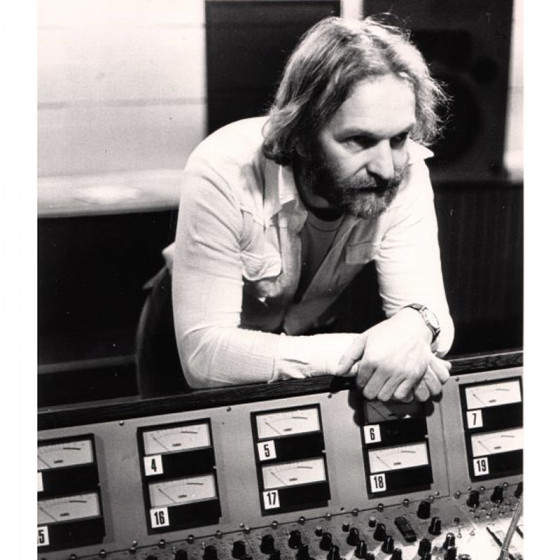 Neil Ardley
Neil Ardley
A series of genre-defying albums had culminated in the startlingly original and fully-formed Kaleidoscope of Rainbows (1975).
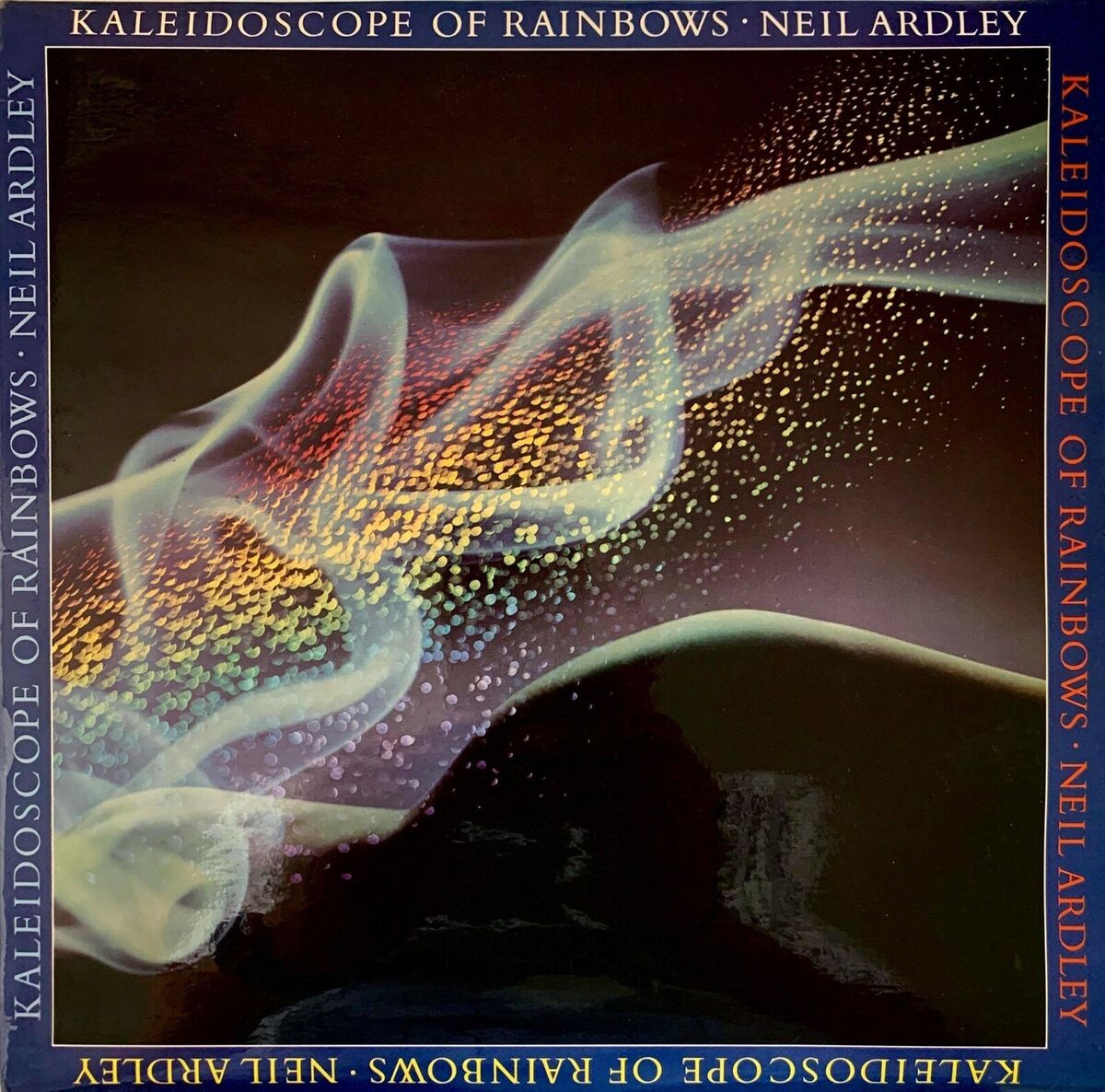 Kaleidoscope of Rainbows (1975)
Kaleidoscope of Rainbows (1975)
Released on Decca’s Gull imprint, that record’s innovative blend of rock and jazz (and even classical stylings) within an extended composition, recorded immaculately in vintage Decca sound paved the way for Harmony of the Spheres (1979), which was released on the main Decca label itself.
Opening mysterious synthesizer calls, ethereal and distant, might lead you to believe we’re in for New Age noodlings. Far from it. Drums and percussion bring the rhythm, amplified by synth arpegios, and then the bass kicks in, with call and answer voicings from the wind and brass. Then, seemingly out of nowhere, we’re launched into a blistering, rocky guitar solo from John Martyn!
This is not what you were expecting. From the get-go there is no division between the different modalities of the music: jazz, rock, funk (oh man is this thing funky in places), New Age, classical (yes, it’s in there too) - the joins are seamless.
 John Martyn
John Martyn
How the hell did folky John Martyn, of all people (he of “May You Never” and “Solid Air”, the British answer to Joni Mitchell) get involved in this? Let alone shred like Slash! Mike Flynn, Editor of Jazzwise magazine, elaborates in his extensive sleeve note for this release:
One of the most thrilling aspects of the realization of Harmony of the Spheres is hearing John Martyn in such an atypical setting alongside such established jazz soloists such as Carr, Thompson and Coe, and yet it was their [Ardley and Martyn's] shared manager, Bruce May, who was to be the vital connection between them. While Martyn was known primarily as a folk musician, he was actively involved with jazz musicians of the day, notably the fiery free jazz drummer John Stevens. Neil explained to Melody Maker how the guitarist’s instinctive approach to making music rubbed off on him: “We were working in similar areas, though I don’t think either of us knew what the other was doing. He works a lot with tape delay. He’s got it off to a fine art; getting the right speed of the delay to double up on the figure he’s playing, adding something across the delay and all that. I was doing the same sort of thing here at home, using my Revox to produce synthesizer patterns and adding things on top. I knew that I wanted people who would get into working with pre-taped material and I knew he was very used to playing on his own things coming from tape recorders.
Decca had loaned me a four-track Scully [reel-to-reel tape machine], and I had produced these [recordings], which were really just demo tapes, and one afternoon we sat in Bruce’s office for an hour and just listened to them. I asked him if he got off on them, and he said he did, so we started to work together. He would work up a rhythmic feel to what I had already done, so when we got into the studio he tended to work those sorts of things out with the rhythm section, acting as a sort of musical catalyst so that the music could grow.
And grow it does. The iconoclastic Neil Ardley was steeped in the British musical tradition, as familiar with the music of Ralph Vaughan Williams and Delius as he was with folksong and more modern jazz and rock stylings. Musicians of his generation grew up with music of all types around them, in school, in church, on the radio, in the streets, and it all seeps into their work. You cannot understand Led Zeppelin without knowing that Plant, Page & co. were as familiar with the British Hymnal and the Folk Tunes that suffused the culture as they were with the British skiffle and American blues artists whose music they emulated and records they devoured.
So while there is some serious grooving and funking and jazzing going on in Harmony of the Spheres, there are also echoes of the cloister, the concert hall, and the pastoral idylls, the view of far off musical horizons that lie at the heart of English music. Ardley’s use of two ethereal wordless female vocalists not only evokes the heavens, it also invokes the long shade of Stanford, Parry and treble voices in Sunday church. Plus Holst’s The Planets, of course, with its wordless women’s choir at the end of “Neptune, the Mystic”.
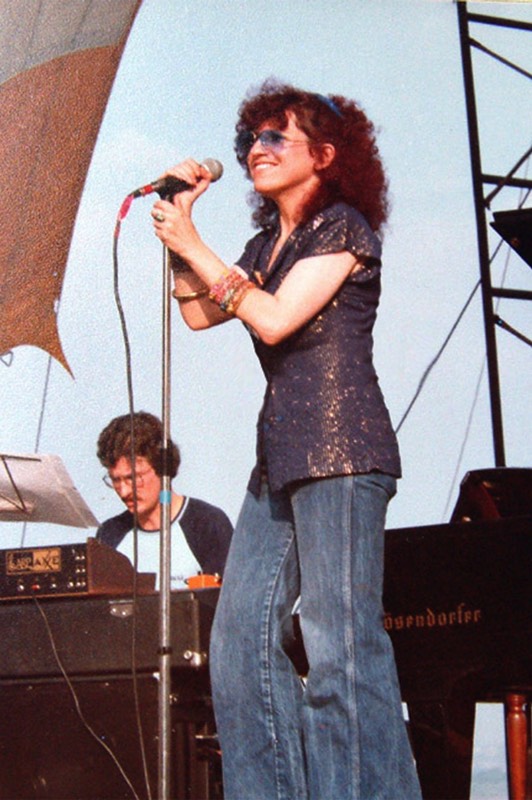 Pepi Lemer, vocalist
Pepi Lemer, vocalist
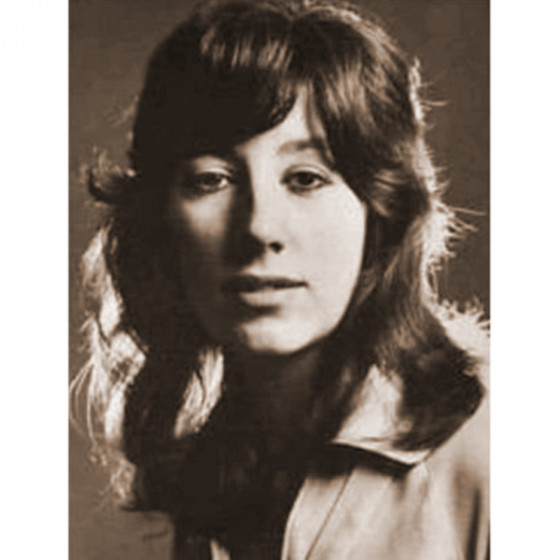 Norma Winstone, vocalist
Norma Winstone, vocalist
How this was all achieved was groundbreaking at the time, the idea of blending all this improvised jazz and rock into a composed work that would sustain interest over the time span of a full record, with a sense of coming full circle by the end.
The method and detail of how this was done is gone into at length in Mike Flynn’s excellent essay, which includes the quotes above from Neil Ardley himself, and surviving musicians from the original sessions. Ardley fully embraced multi-track tape technology as a means not only of developing his own ideas but as a way of stimulating his collaborators (as he did with Martyn). He also fully embraced the latest in synthesizer technology, and interwove electronic and acoustic timbres with a seamlessness that seems almost as revolutionary as it appears effortless. Few others achieved all these blends and amalgams so seamlessly.
Flynn’s essay is part of a lavishly illustrated and appointed booklet that accompanies this essential AAA remastering of an almost “lost” masterpiece of 70s progressive jazz (for want of a better label). (I say “lost” merely because Neil Ardley’s catalogue is somewhat obscure, but nevertheless has a devoted following). But this music is light years away from what you might imagine it to be, and is far more accessible than the more experimental free jazz of the period you might be more familiar with. This is music infused with everything from classical principles and styles to rock, jazz and folk and the extended solo multitracked musings of Mike Oldfield of Tubular Bells fame. Neil Ardley was above all else a communicator, and he wants to make music that is inviting, thrilling - that will take you to new places, new worlds. He can also come up the catchiest tunes, real ear-worms that will stick with you for days (I've got one going around my head right now!). Harmony of the Spheres indeed.
THE SOUND - ORIGINAL vs. REISSUE
This was always a record - along with its predecessor, Kaleidoscope of Rainbows - which invited the listener into a veritable Aladdin’s Cave of sonic delights (an expression I believe I may have used recently to describe the virtues of one of the Original Source reissues I’ve been reviewing recently: yes, this music and this recording is indeed worthy of the comparison).
Nothing on this record is done by halves. That rich, analogue, fulsome organic palette so characteristic of Decca recordings of the 60s and 70s - be they of classical or pop or whatever - is here placed at the service of an almost symphonic palette. Tubey synths of every conceivable timbral hue, spanning the lowest depths to the highest heights, float and soar around rich wind, sax, and trumpet verses, solos and chordal work, all of them anchored by driving three-dimensional bass (that sometimes threatens to take over the whole ensemble), drums, and percussion. The icing on the cake is the ethereal wordless female vocals that periodically appear, as it were, out of some passing cosmic dust, interweaving and intermingling, casting their own spell, and immediately conjuring up echoes of the wordless women’s chorus that ends Holst’s The Planets. This was an otherworldly evocation of distant Neptune, known as the Mystic in astrological charts. What a brilliant touch on Ardley’s part to add this flavour to his piece.
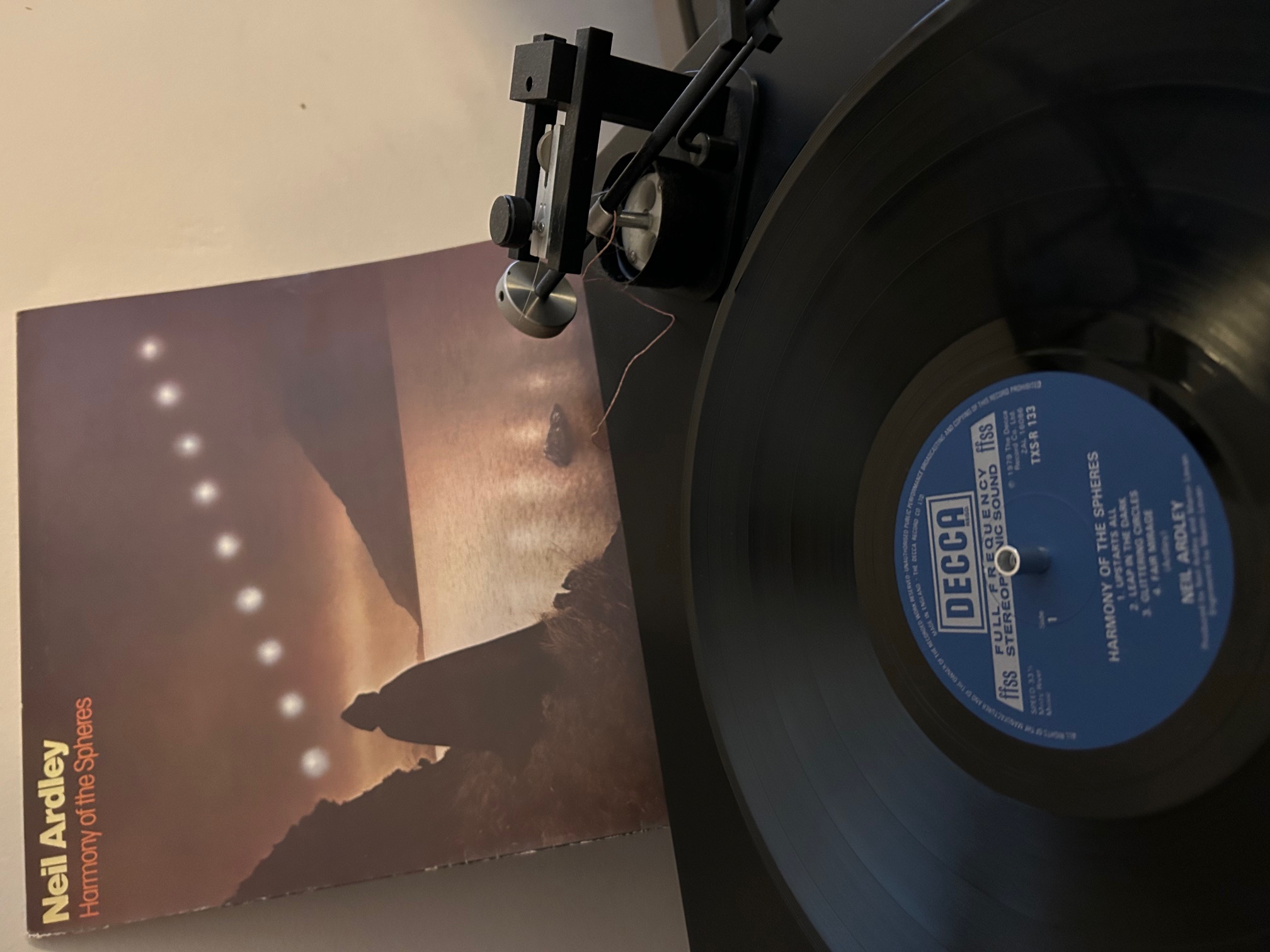 The Original Pressing Being Taken out for a Spin!
The Original Pressing Being Taken out for a Spin!
Listening to my original pressing again I was blown away by the sheer ambition and range of this record on both the musical and engineering levels: its richness, its originality - and, as always, the joy that comes from listening to it.
So I am sure you can imagine my trepidation as well as my anticipation as I lowered the needle on this new reissue. I had just listened to a nearly 50 year-old record which had re-confirmed its status as one of the most thrilling and intoxicating listens in my collection. My heart had pumped, my toes had tapped. My wife, passing through the listening-room which doubles as our living-room (yes, I have stated the priorities correctly), had sat down and listened to the whole thing, mesmerized. Would the reissue measure up?
The needle dropped and from those first synthesizer notes I could hear we were in a subtly altered sonic world. There was an added precision of instrumental placement in the enormous soundstage, and also greater definition of timbral complexity. I also quickly realized the new platter is cut at a lower level, so up went the volume. You will definitely need to crank this thing to get the full impact here.
It took a minute or two to adjust. This is a “different” sounding record to be sure, but not in any negative sense. I was hearing everything presented more precisely within the sonic picture, but I was also hearing more deeply into all those individual sonic elements. Instruments just sounded richer, more organic, less “recorded”: the individual landscapes of their unique timbres laid out in more detail (but never clinically so).
Allied to this was a greater sense of integration between all the instruments, a greater sense of their organically coming together in unified ensemble, and then breaking apart to do their own thing.
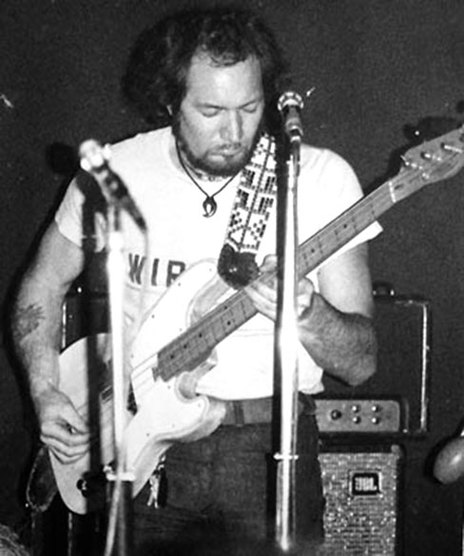 Bassist Billy Kristian performing at Ronnie Scott's in Soho, London
Bassist Billy Kristian performing at Ronnie Scott's in Soho, London
An immediate beneficiary of this sense of better integration was the bass guitar of Billy Christian. In many ways this is the instrument and part that holds the whole design together, and it is mixed way forward. There are times on the original pressing when you feel it might be a bit too much of a good thing, it is that prominent. (On digital transfers it can really start to get on your nerves). On this remastering they have done a fantastic job of shaving off a little bit of the brightness, the “in your face” quality, of the bass. As with all the other instruments, it’s a richer, more rounded sound, better integrated within the whole without losing its leading quality. Oh man, there are places where you will just vibrate in sympathy with those bass notes.
One thing that immediately struck me anew was how successfully Ardley and his engineers combined acoustic, amplified and electronic sound in this recording. I can’t think of a record that does it better, and that is saying something. Let me reiterate this point again: if you are in any way a fan of analogue synthesizers from their vintage heyday, listening to this record will be akin to devouring a pile of Strudel covered in a veritable Everest of Schlagsahne. It’s a realm of sensory delights you will never want to leave - you will just find yourself submerged in the deliciosity of it all.
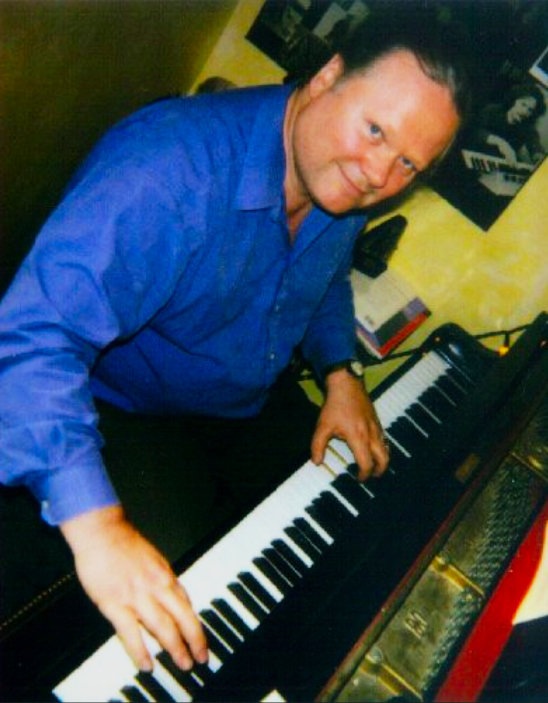 Geoff Castle, who along with Neil Ardley, plays keyboards on the album
Geoff Castle, who along with Neil Ardley, plays keyboards on the album
That realm becomes a veritable Shangri-La in the synthesizer-only track that opens Side 2: ”Soft Stillness and the Night”. This is where you will hear most immediately and clearly the magic that Craig Crane and his Mastering Maestro Caspar Sutton-Jones at Gearbox Records have wrought on the master tapes. There is so much more detail yet also organic richness to the sound of all these beautiful synths, it will melt you into a puddle in your seat. We are so far from traditional “electronic” sonorities here. These synthesizers sound like living, breathing instruments, both of the world but also otherworldly, a point really brought home when we hit the big “Harmony of the Spheres” chord itself. It pulsates and throbs. It is both consonant and dissonant. (Does that mean it is the apotheosis of Schoenberg’s notion that we can do away with the whole idea that there is any division or intrinsic difference between consonance and dissonance? Not entirely…). On my very respectable tube-based system this chord sounded lush, and suitably cosmic and mysterious. On a state-of-the-art mega system it will feel like you are floating somewhere between Saturn and Jupiter, about to embark on your own Space Odyssey.
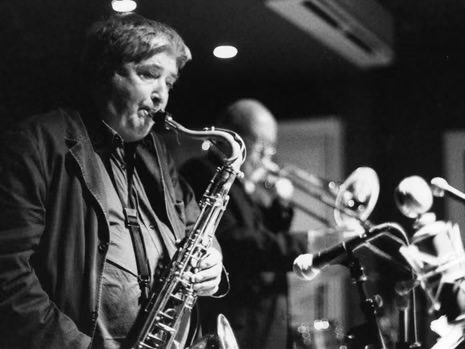 Tony Coe
Tony Coe
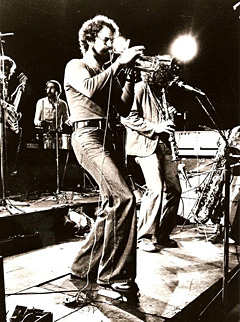 Ian Carr
Ian Carr
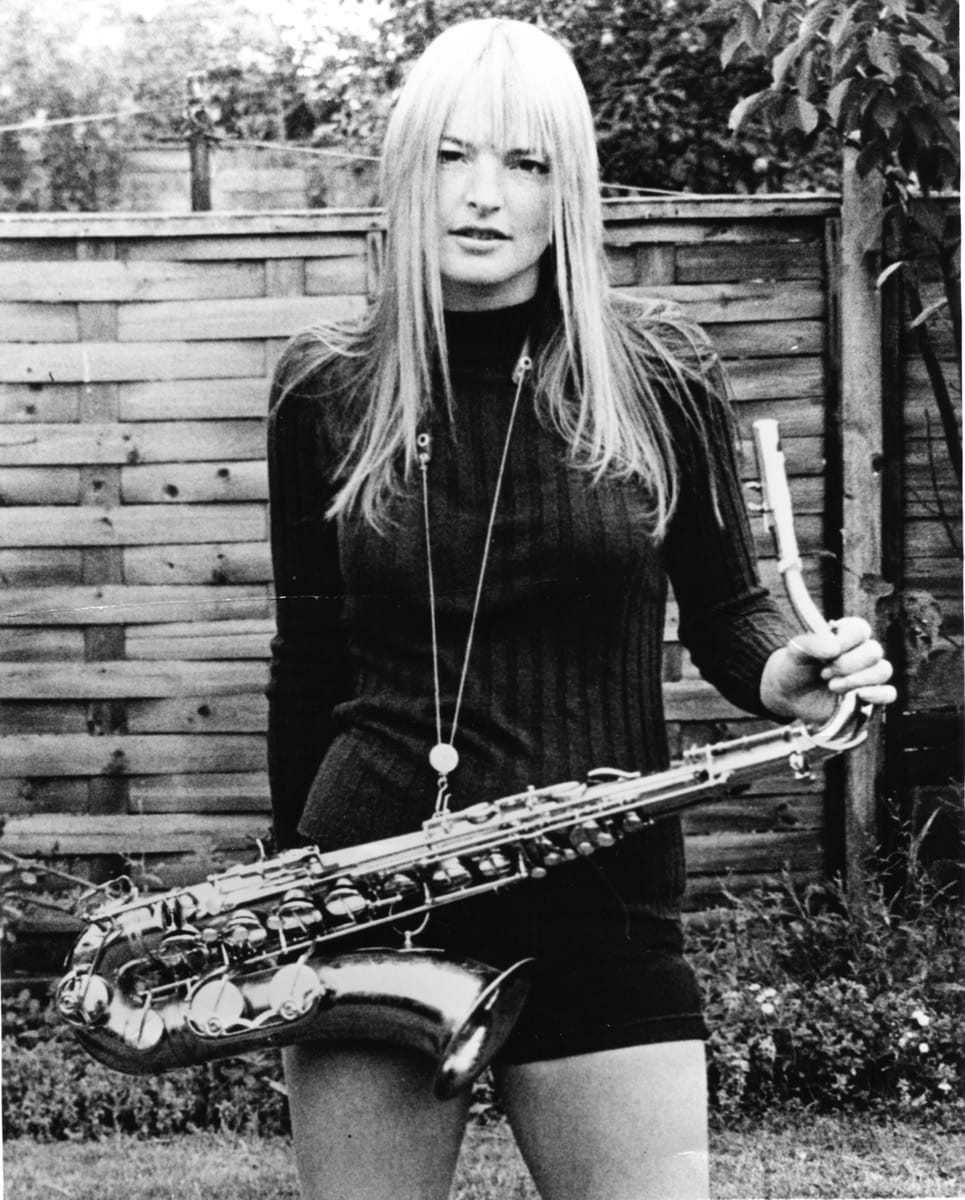 Barbara Thompson
Barbara Thompson
In the following movement, “Leap in the Dark”, we finally get to hear the jazzers truly let loose, and the extra precision and detail of the new pressing really helps the listener hear every detail of what’s going on - and it’s a lot! The way Ardley seamlessly blends jazz, rock and funk elements here is exhilarating beyond measure. Miles, eat your heart out (his spirit is in there, by the way, but not as standoffish as in much of his own electric work).
Not surprisingly given the stylistic range of the music, the dynamic range is pretty enormous, and we get all of it on the remaster.
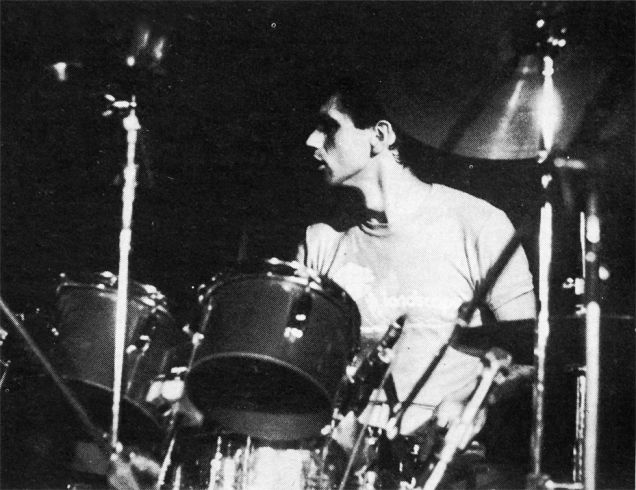 Richard Burgess
Richard Burgess
Is there anything about the reissue to temper my preference for it over the original? Only the smallest thing, and for many this may not be a detriment at all (and I may be needlessly nitpicking). The original pressing, like many OGs of that time, has a certain wild and woolly nature, a feeling that it is is so gung-ho, so intent on getting all the notes and the energy of the master tapes onto the platter that it might spin off the turntable altogether. There is a certain nth degree of energy on the OG that doesn’t entirely translate to the reissue - I would say it’s there 99%. Is this a function of the Master being a 50-plus year-old tape? I have no idea. On the other hand there are places on the OG where things just get unruly and, frankly, you kind of hold your breath to see if it will hold on and not skid off the racetrack. That bass is a good example - it is so much more organic to the whole on the reissue. But yes, there are places on the OG where my toe taps slightly more vigorously. Set against that, however, is an overall listening experience that is richer, a larger and deeper tapestry, more “you are there”, and where all the many elements are more integrated - more of a whole. A listening experience that is ultimately more satisfying musically. I heard so much I’d never heard before, I was able to listen so much deeper into the music. And with music this dense, so capable of rewarding you again and again on repeated listenings, that is of special value.
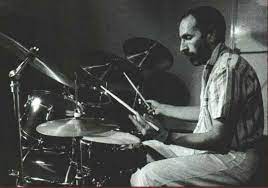 Trevor Tomkins (percussion)
Trevor Tomkins (percussion)
FINAL THOUGHTS
For music and sound alone this is a release every one of Tracking Angle’s readers inclined towards this era’s little-known treasures should investigate. This is tragically little-known music that will offer a thoroughly engaging listen. It is quite unlike anything else out there. (I’ll say it again: lovers of vintage analogue synthesizers will sink into their listening chairs, drooling!)
The sonic refurbishment of what was already an outstanding-sounding record is not minor. The music is thrillingly rich, three-dimensional and alive. You will groove, float, and generally go into orbit riding the musical rocket that is Harmony of the Spheres.
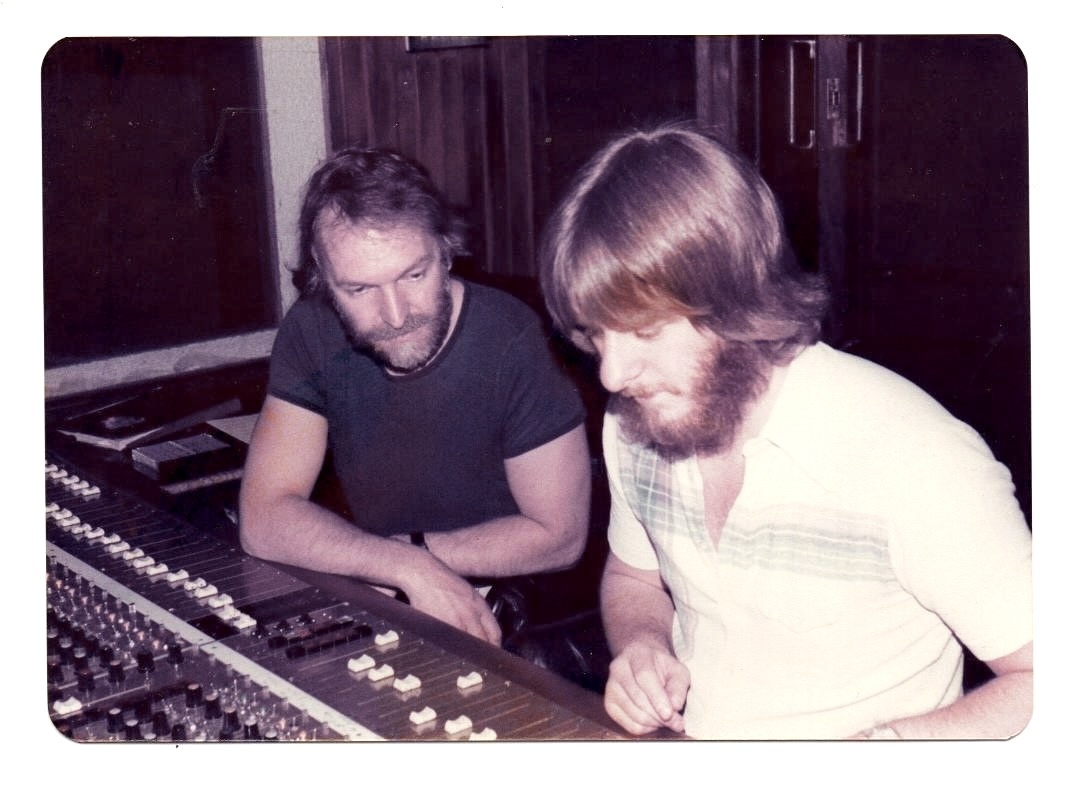 Neil Ardley and Martin Levan, original sound engineer on Harmony of the Spheres
Neil Ardley and Martin Levan, original sound engineer on Harmony of the Spheres
But there is more to take note of here, and it shows just how much thought and effort has gone into this labour of love. The packaging and presentation are exemplary. My 180 gram platter from Optimal was immaculate, and came shipped in a separate white cardboard jacket (with poly-lined sleeve) to avoid seam-splits, encased next to the main sleeve in a dedicated high-quality plastic sleeve (no shrink wrap here, as is the custom with many European releases). Now that’s seriously thoughtful.
Owners of the original Decca pressing will notice some minor differences in the new sleeve (the original art direction was by Storm Thorgerson of Hipgnosis fame). The evocative imagery (photographer Alex Henderson) is darker, more contrasty on the reissue. You will see slightly less landscape detail, but it is all appropriately a bit more mysterious and evocative of the titular Heavenly Bodies. Some inset photo substitutions have taken place too. The gloss is heavy and fingerprint resistant, while the original Decca sleeve had more of a matte finish.
The booklet is beautifully designed by Tim Rogers, with the aforementioned essay going into the kind of detailed background I had always wanted to know about Ardley and the making of this record, but could never find. Wonderful session and historical photos adorn the text, and you get the obligatory (but always welcome) shots of the master tape boxes etc., plus the bonus of a shot of the manuscript score in Ardley’s hand. It includes this inscription:
The harmony of the spheres - from which the whole work is derived - was discovered on 5 August, 1976.
All of this plus extensive technical information means that we have a truly deluxe package that reminds me of what Impex and Analogue Productions do with their primo reissues, and there can be no higher praise than that! You really get the sense that great care has been taken with every detail. A labour of love indeed from Mr. Crane!
There’s just one problem. This is a limited edition of 500 copies, and I suspect that once word gets out it will sell out quickly. If that happens, I very much hope Craig will consider a further unnumbered run, as seems to be the custom for releases whose demand exceeds initial supply.
This is invigorating, thrilling, accessible music that challenges traditional notions of what constitutes the viable intersections of jazz, rock, and much else, performed by a Who’s Who of top British musicians of the time. It remains groundbreaking 50 years on. Anyone even remotely into this era of adventurous music making, and especially any audiophile wanting to show off their systems, should own this indispensable new reissue, made available at a very reasonable price (order directly at Analogue October Records). My original pressing that I have treasured since I was 19 will never be completely retired, but it is time, finally, to cede its benchmark position to this new edition - as essential a purchase as any you will contemplate this year.
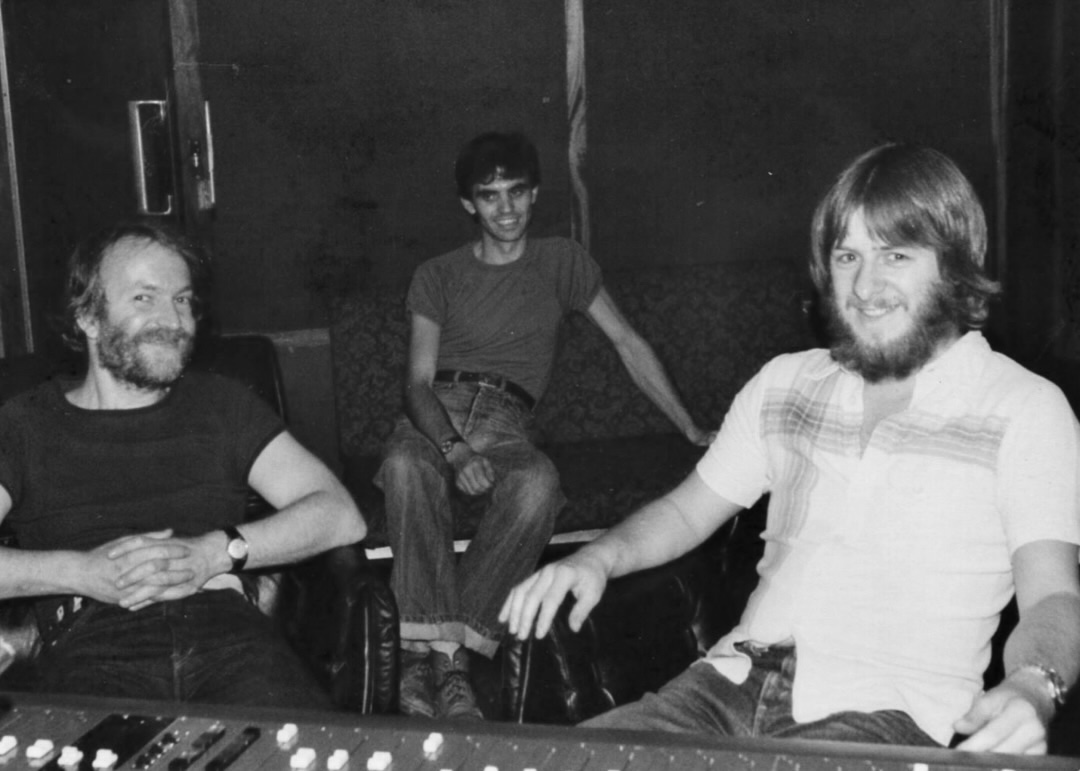 Neil Ardley (l.), drummer Richard Burgess (c.) and engineer and co-producer Martin Levan (r.)
Neil Ardley (l.), drummer Richard Burgess (c.) and engineer and co-producer Martin Levan (r.)
A TALK WITH ANALOGUE OCTOBER FOUNDER, CRAIG CRANE
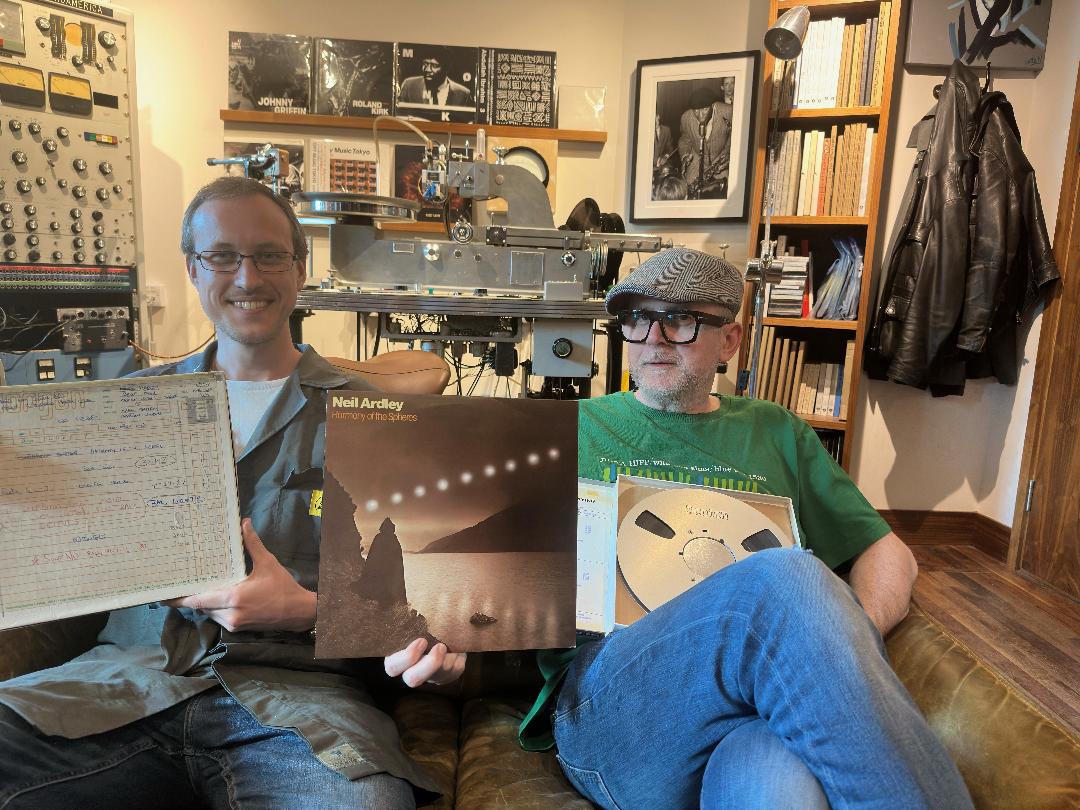 Craig Crane (r.) with Mastering Engineer Caspar Sutton-Jones
Craig Crane (r.) with Mastering Engineer Caspar Sutton-Jones
From the moment you drop the needle on Harmony of the Spheres you will be transported. There is real joy in these grooves, and the happiness quotient is emphasized in this deluxe AAA reissue which has been mounted with the kind of care and true love for the music that does not come around often. The original release was always an exceptionally fine-sounding record, bursting with that rich Decca analogue sound of the 1970s. But this reinvigoration seriously ups the ante. It’s a true labour of love from a small independent label that, I suspect, is going to be bringing us many more treasures.
I know and recognize this love, because it is the same love I have had for this record since I first discovered the music of Neil Ardley via Derek Jewell’s radio show Sounds Interesting when I was a teenager, first with his earlier album Kaleidoscope of Rainbows (1976), and then Harmony of the Spheres (1979). Both have been amongst my most treasured records ever since.
When I heard from fellow audio enthusiast Danny Kaey (he of the Sonic Flare YouTube channel) that his pal at Analogue October Records, Craig Crane, was reissuing this record I have obsessed over since I was a teenager, I had to know more.
So I contacted Craig, and he was generous enough to send me a copy to audition, and answer some of my questions. This journey all began with him opening up a record store in Chichester, a beautiful cathedral town in Southern England I knew well after my family moved out of London to West Sussex (it’s also home to the renowned Chichester Festival Theatre, started by Sir Laurence Olivier).
Can you tell us something about your label and the store, and how this all got going?
Analogue October Records started out many years ago just as an experiment to see if I could exist only using analogue devices. I was fed up with streaming (in its infancy at that point) as well as the constant irritation of notifications and recommendations.
After working on several large Marvel Studios films back to back with little to no rest between, burn out loomed and I needed a distraction. [Craig had worked as puppeteer for Jim Henson and Spitting Image, then in digital VFX - MW]
A record shop seemed just the ticket.
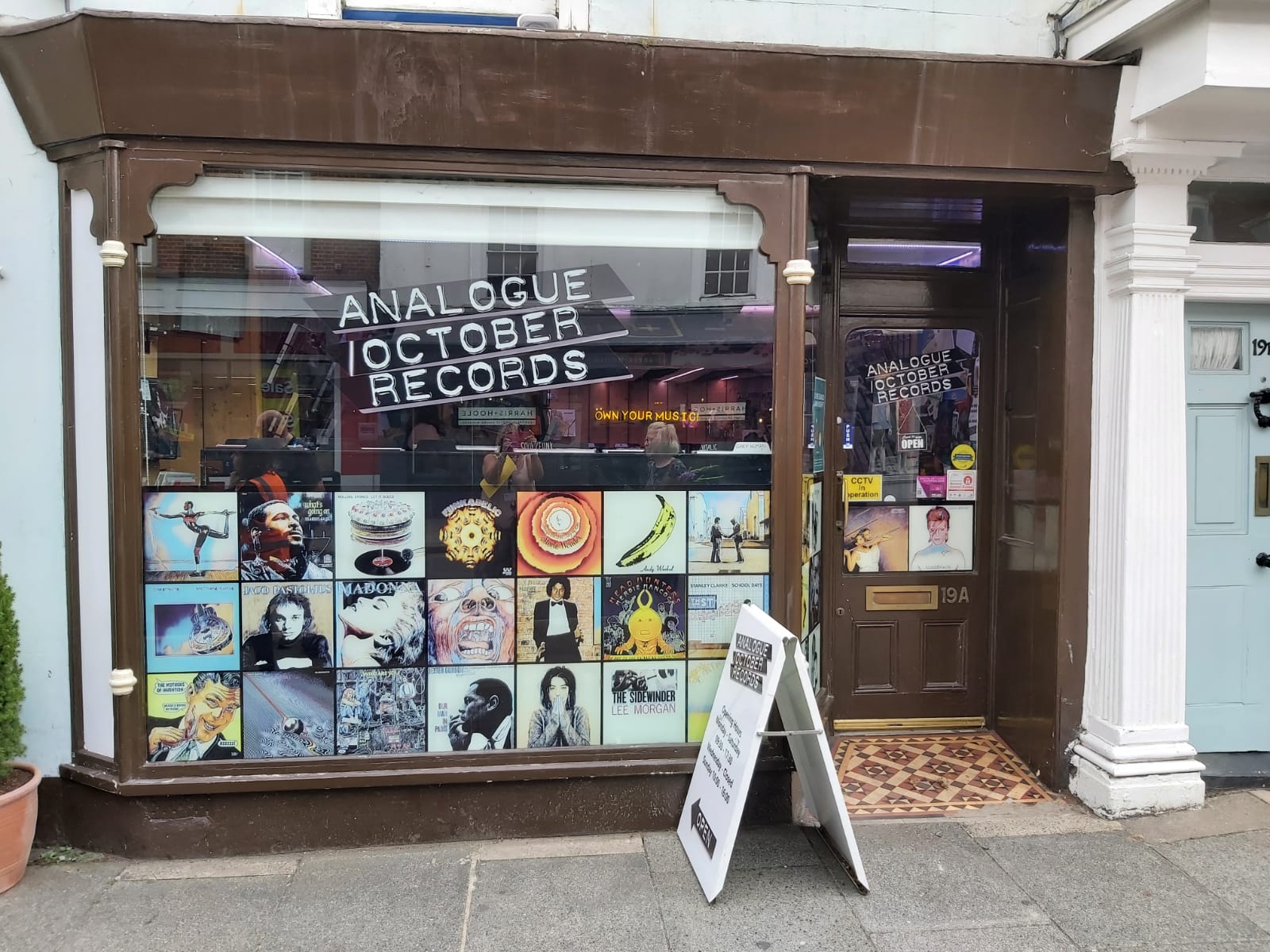 Analogue October Records in Chichester, Sussex
Analogue October Records in Chichester, Sussex
The shop opened in 2017. Then of course 2020 happened and all my customers were told to stay at home.
It was a time to reflect not only on the shop but also the film work. Both of which felt the impact of the lockdowns, like every other industry. Yet somehow, records were booming.
That’s when the idea for the label came about.
What is the aim of your label, its overall approach and philosophy?
The aim of the label was to shine a light on titles that, in my opinion, the majors had repeatedly overlooked. But I also wanted to present them in the best way possible, as well as provide some context for the release in the form of a booklet. I wanted to tell stories, through vinyl.
How did you discover the Neil Ardley records?
Well, in 1979, upon seeing the poster in my local record shop, I thought it was a Star Wars related thing. I was 9. Star Wars was everything. Ironically, that shop, as you will see in the booklet was owned by Brian Showell, father of Miles [of Abbey Road Mastering].
That’s my earliest memory. Then I really became aware once my obsession with Jazz came into play around college time.
Tell us something about the whole process of getting this reissue put together?
The good thing about owning the shop was getting a good handle on how the major labels work. So reaching out to licensing was pretty straightforward.
Now, this release is different from the first. [An excellent reissue of saxophonist Courtney Pine’s debut from 1986, “Journey to the Urge Within” - MW]. I guess with the first release I proved myself and the label, so for this release they were super comfortable letting me use the original 15ips stereo master tapes.
I’m using a dedicated system that features one of my three DS Audio Cartridges, in this case the W3, partnered with the DS-EQ 1, but by way of introduction to both parties by the legend that is Danny Kaey (Sonicflare), on an Original Live Turntable. I use this setup to evaluate OG versions, test presses and final product. This system really allows me to really figure out what was done back in the day but also how my version is shaping up.
Universal also sent me an all new High Rez transcription of the tapes at 192/24 for me to assess.
But it’s all about the tapes!!! I love tape. And getting tapes from Universal isn’t the norm. So to hold those original Morgan Studios tapes, that probably last saw the light of day in 79 - that’s special!
Caspar Sutton-Jones and I then evaluate the tapes just prior to mastering.
Gearbox is a great mastering facility and their tape to lathe workflow is exceptional. It is a long day, but Gearbox is such a warm homely environment and Caspar’s enthusiasm is highly infectious. And it’s just a joy watching him work. At the end of the day we have a cut and that gets overnighted to Optimal. A few days later Caspar sends me an additional set of reference lacquers.
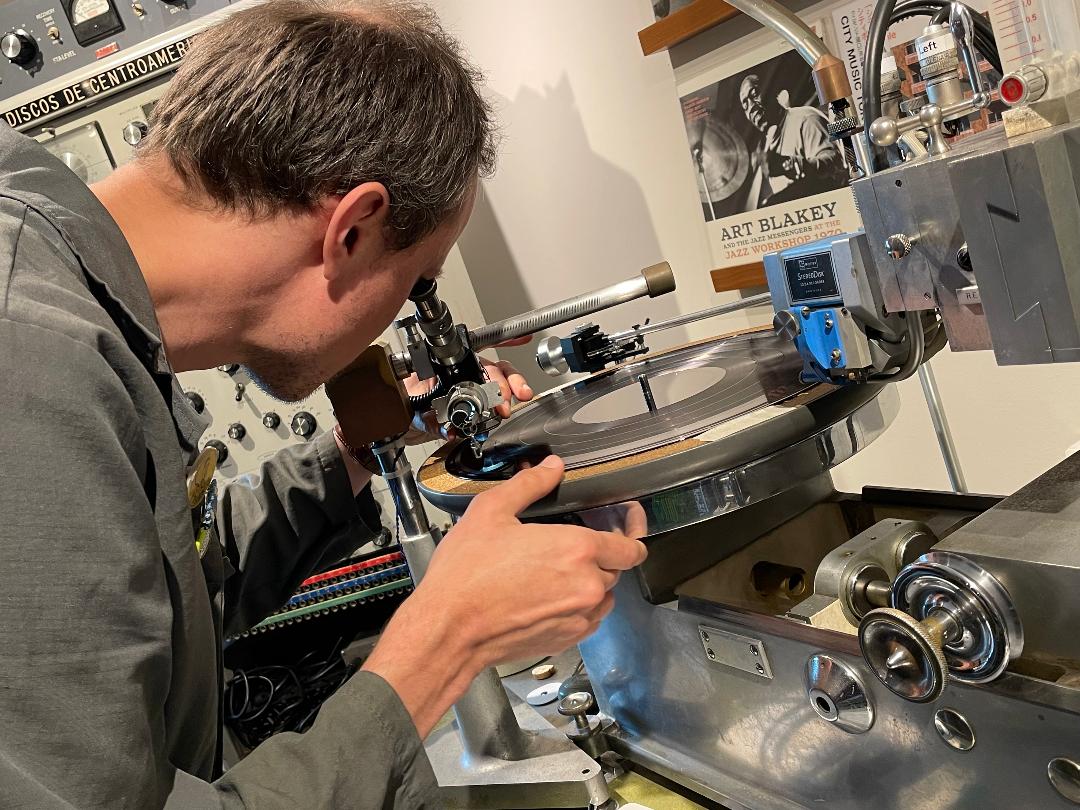
All the while, I’m also busy planning all the other stuff. The sleeves and inserts are made in my “village” at Selsey Press. They are quite a big operation but I wasn’t sure if this kind of work was for them. So I took a bunch of my favourite reissue sleeves and showed them and asked them a question that required a very binary answer. Either a yes or a no. A maybe wasn’t really good enough.
Out came the measuring tools, magnifying glasses etc… and they said absolutely, even down to the gloss lamination.
And whilst this is going on, Mike Flynn (Jazzwise Editor) is busy turning mine and his blazingly good and deep research into crafting the essay for the booklet.
Test presses land, Caspar and I confer and we push ahead. Or not, in this case. We had a few issues with some TP’s that, although slight, were enough to warrant further rounds. And I feel the release has really benefitted not only from that absolute diligence but also from these very carefully chosen creative partners.
And here we are… a finished product! The label’s motto is “telling stories through Vinyl”, and the aim is to create the definitive release: honour the original, honour the artist and, honour the VC [Vinyl Community] and not take the p*ss and truly earn their trust. And the only way I believe you can do that is to shine a light on titles less obvious but equally (and more so) deserving of a reissue, and put your heart and soul into it. I hope that comes through as you hold the record in your hands.
I’m not really interested in reissues of reissues of reissues unless it’s warranted. This is the first time since 1980 Harmony Of The Spheres has been on Vinyl. It’s a pleasure to present it to you all in this package.
What are your future plans?
More more more.
I want to continue telling stories through Vinyl and shining a light on British Jazz. Whilst I may not be “The Wizard Of Vinyl” [a reference to the recent NYTimes profile of Chad Kassem of Acoustic Sounds/Analogue Productions fame - MW] I’m keen to release products that can happily share the same rack space as Chad’s, Mofi etc. I’m building something from nothing and have enjoyed the process so much. It’s not, as some would suggest, a steep learning curve. It’s practically vertical. Especially when you are operating solo. But having the shop for 8 years has opened doors that may have otherwise been tricky to knock down. Add to that, I have some amazing creative partners. Caspar Sutton-Jones at Gearbox, Miles Showell at Abbey Road, my printers (Selsey Press) for the sleeves and insert (Tim Rogers), and of course Jazzwise magazine editor Mike Flynn who is helping me tell these stories via his deep research and writing for the essays.
Throw in the relationships with the licensing teams and rights holders, and it makes for a wonderful and highly recommended venture. At 55, I feel like I’ve finally found my groove… and let’s face it, sharing good music can only ever be a joy. But it has to be done right… “Its OK” and “That’ll do” isn’t really in my vocabulary and hopefully that comes through quite clearly with the current and future releases. [It does! - MW]
At the moment, label wise, it’s still very much a case of Analogue October who??? But hopefully each release will find its audience and what started of as an experiment into a self imposed Digital detoxification may comfortably be regarded as a consistently great sounding listening experience. And that starts from the very moment I cue up an OG title that I think may merit a reissue on my R&D system that is supported by the lovely people at DS audio, EmmLabs and Origin Live. A clear and detailed understanding of what was originally released greatly informs what’s yet to be reissued.
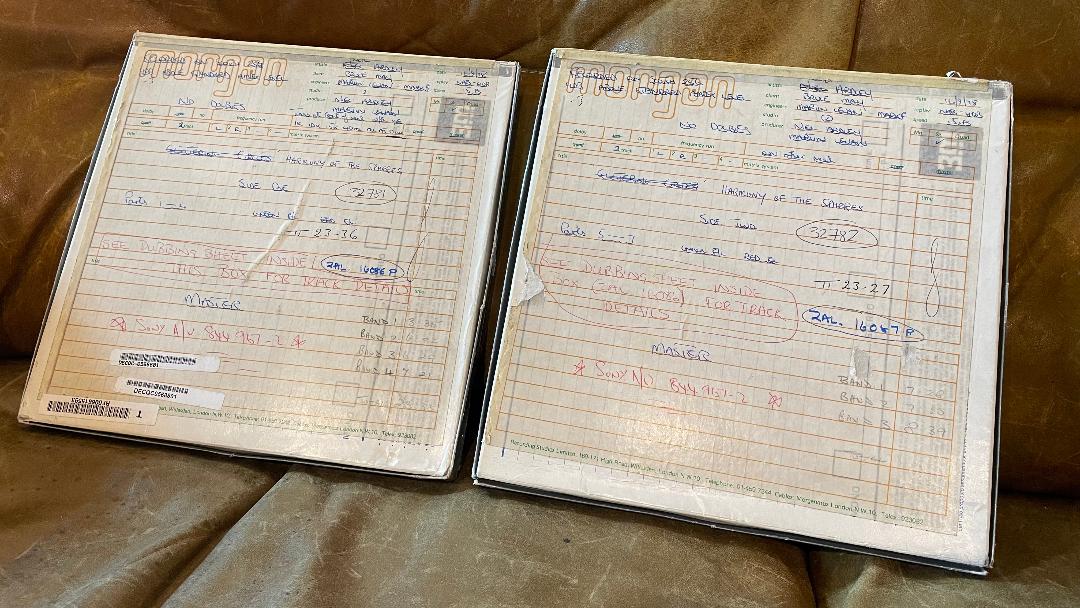
Music

Sound

Neil Ardley: Harmony of the Spheres
Engineer: Martin Levan
Assistant: Mark Freegard
Recorded at Morgan Studios, London, from July to September 1978
Produced by Neil Ardley and Martin Levan
Photography by Alex Henderson
Artwork by Richard Manning
Art Direction by Storm Thorgerson
Reissue Producer: Craig Crane for Analogue October Records
Mastered AAA from the Original Master Tapes by Caspar Sutton-Jones at Gearbox Records
Pressed at Optimal
180gram at 33 1/3
Limited Edition of 500
Reissue Layout and Artwork Restoration: Tim Rogers
Sleeve and Insert: Selsey Press Ltd.
Insert Essay by Mike Flynn, Editor Jazzwise Magazine
Available for purchase directly from Analogue October Records.


